Safety Tip: Frontline Fashion
While it’s awesome to have so many styles and options in motorcycle jackets nowadays, you may be wondering what safety factors you should consider when making that choice.
Of course, when you’re talking motorcycle jackets, you’re talking LEATHER. And the thickness of that leather determines how much abrasion it will take before shredding and exposing your skin to a nasty case of road rash.
Your typical lightweight jacket made of leather is about 1 mm thick, and it’s certainly better than a flannel shirt… and might it do just fine in a slow slide.
However, you’ll do much better with a general-purpose jacket at 1.2 mm thickness. Even though that doesn’t sound like much, that extra .2 mm makes a big difference.
Heavyweight leather is about 1.4 mm thick and is used for racing jackets and by professional riders.
A couple other quick notes on leather:
- Leather that’s untreated WILL leak.
- Treated leather might be water-resistant, but it cannot be waterproof.
- Good leather is always windproof.
When checking out a new jacket, test the stitching by pulling gently on either side of a seam. The holes should not enlarge, and the thread should not stretch.
Take the zipper all the way up and down to be sure it doesn’t bind. Make sure any fastenings on the cuffs or waist work as they should.
A safe jacket is one that fits you like a glove. To make sure you get a good fit, when you buy your jacket, wear the clothes you’ll be riding in. You also don’t want the jacket to pinch or bind – but remember, that leather will adapt a bit to your body over time.
If you’re buying a jacket with armor, move around with the armor in to be sure it won’t shift out of position and that it’s comfortable to wear.




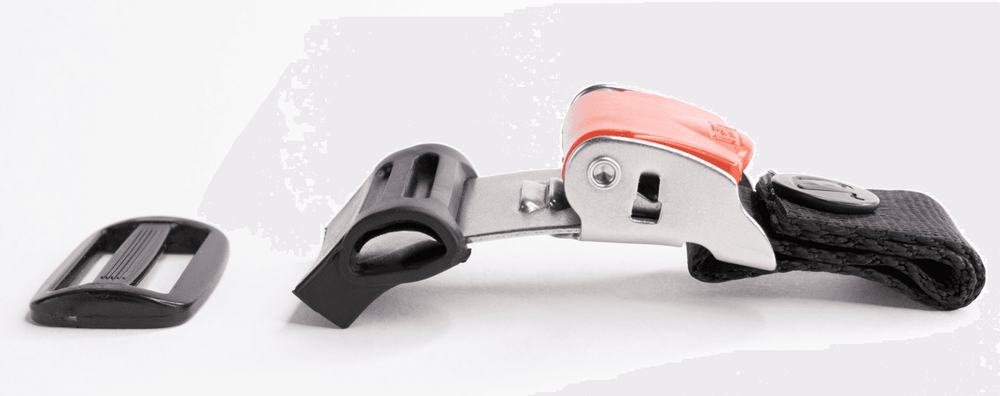
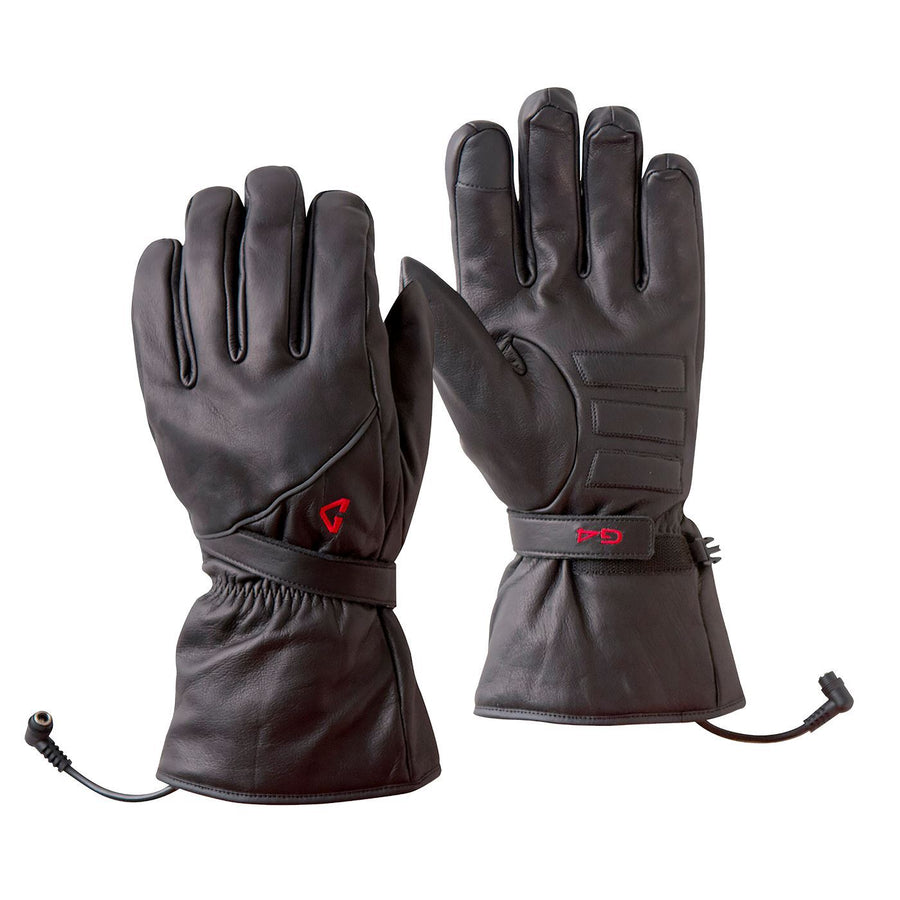

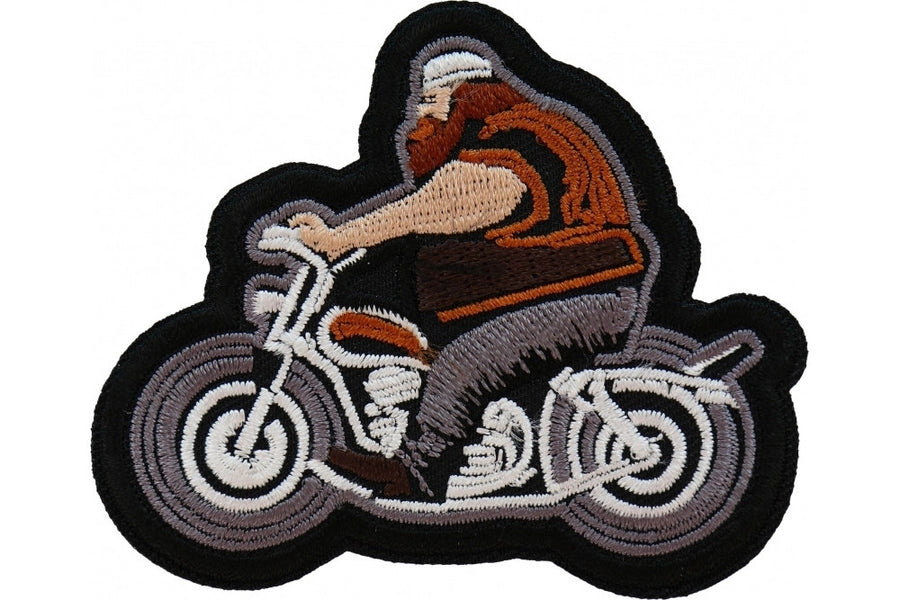

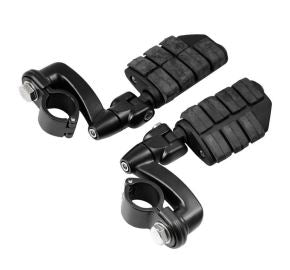


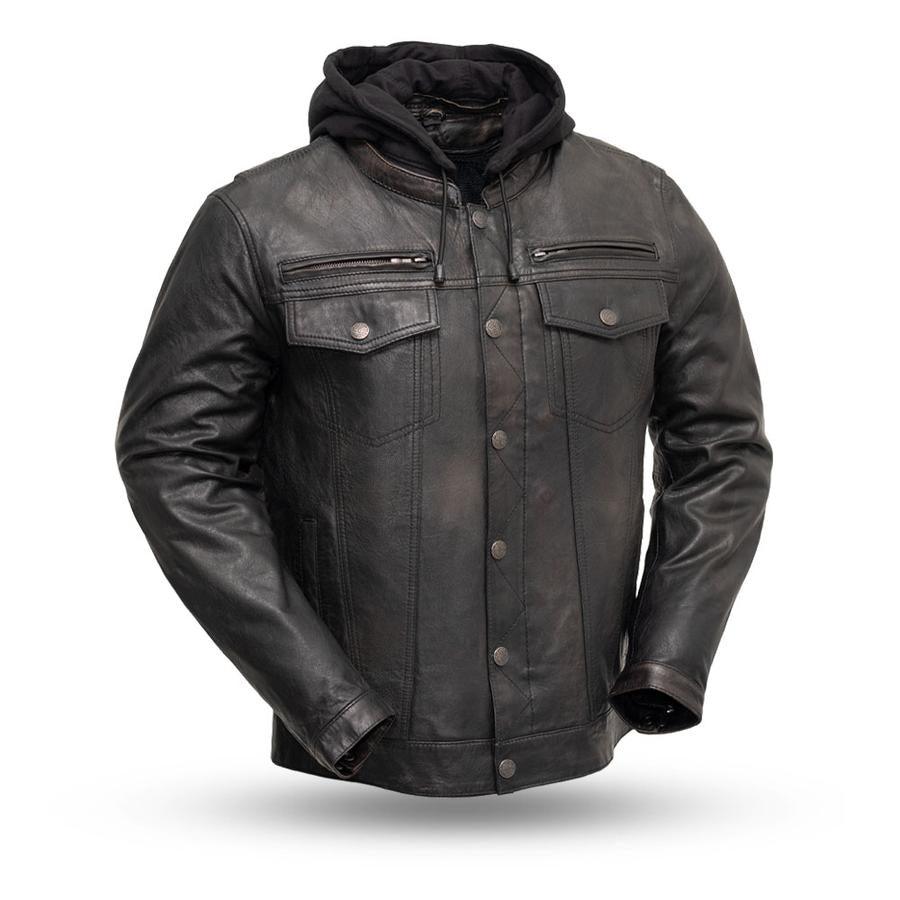
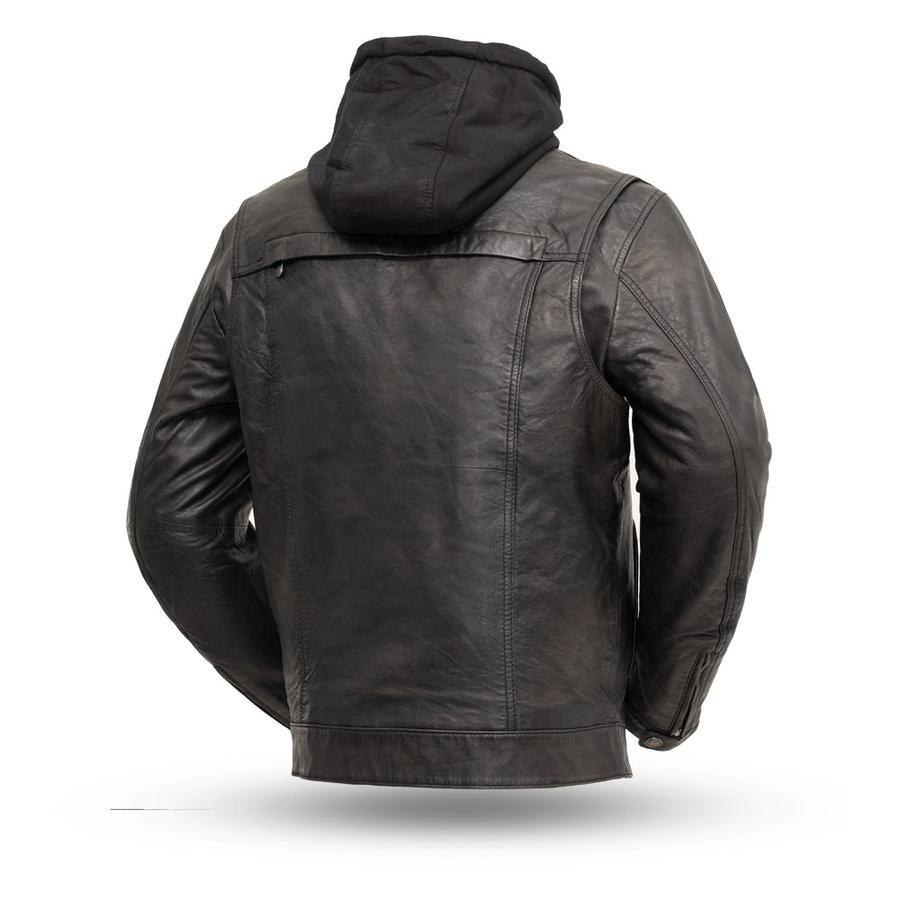
Leave a comment